Bali Grows Arms for Stronger Economic Recovery
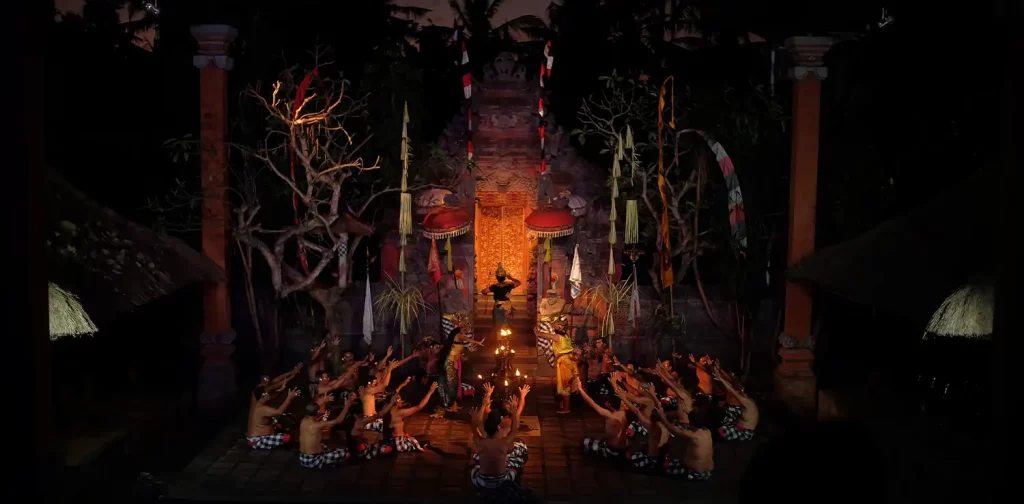
Kecak Traditional Dance. | Photo by Aminoz Acid on Unsplash.
Bali is one of the world’s top vacation destinations, with beautiful sceneries, a rich cultural identity, and tasty food. The island is one of Indonesia’s main faces of tourism. Then, the COVID-19 pandemic happens.
Thankfully, Bali seems to be recovering from this pandemic well in terms of public health. Bali Governor Wayan Koster said, “Vaccination rate keeps increasing. The first dose reached 106%, the second dose reached 97%, and the booster reached over 80%. This is the fastest and highest rate in Indonesia.”
What about Bali’s economic recovery?
Numbers and Figures
Let’s talk numbers.
According to Statistics Indonesia, the employment of 405,550 people in Bali was negatively affected by the COVID-19 pandemic as of February 2022. They lost working hours or even their jobs entirely. This number is an improvement from the August 2021 data, with 714,120 people affected.
Reports from Bank Indonesia show promise, too. At the beginning of the COVID-19 pandemic in 2020, Bali’s economic growth was at -9.31%. The 2021 number was still worrying (-2.47%), but 2022 seems to be looking up for Bali.
The first quarter of 2022 brought 1.46% economic growth to the region. In the second quarter, the number increased to 3.04%. Bank Indonesia predicts more growth for Bali by the end of 2022, reaching up to 3.80% – 4.60%.
Bali’s Tourism Industry
Now, let’s put the numbers in context. The COVID-19 pandemic temporarily killed the global tourism industry with travel restrictions and closed borders. This situation hit Bali hard. Tourism is undoubtedly the region’s number one source of income, and suddenly it was gone, leaving many people with no income and no backup plan.
Things started looking up in Bali’s economic landscape as tourism started coming alive again. The Indonesian government opened the gates to Bali for international visitors in October 2021. Shortly after, in March 2022, the gates were even wider because of Visa on Arrival and the ending of the post-flight quarantine policy.
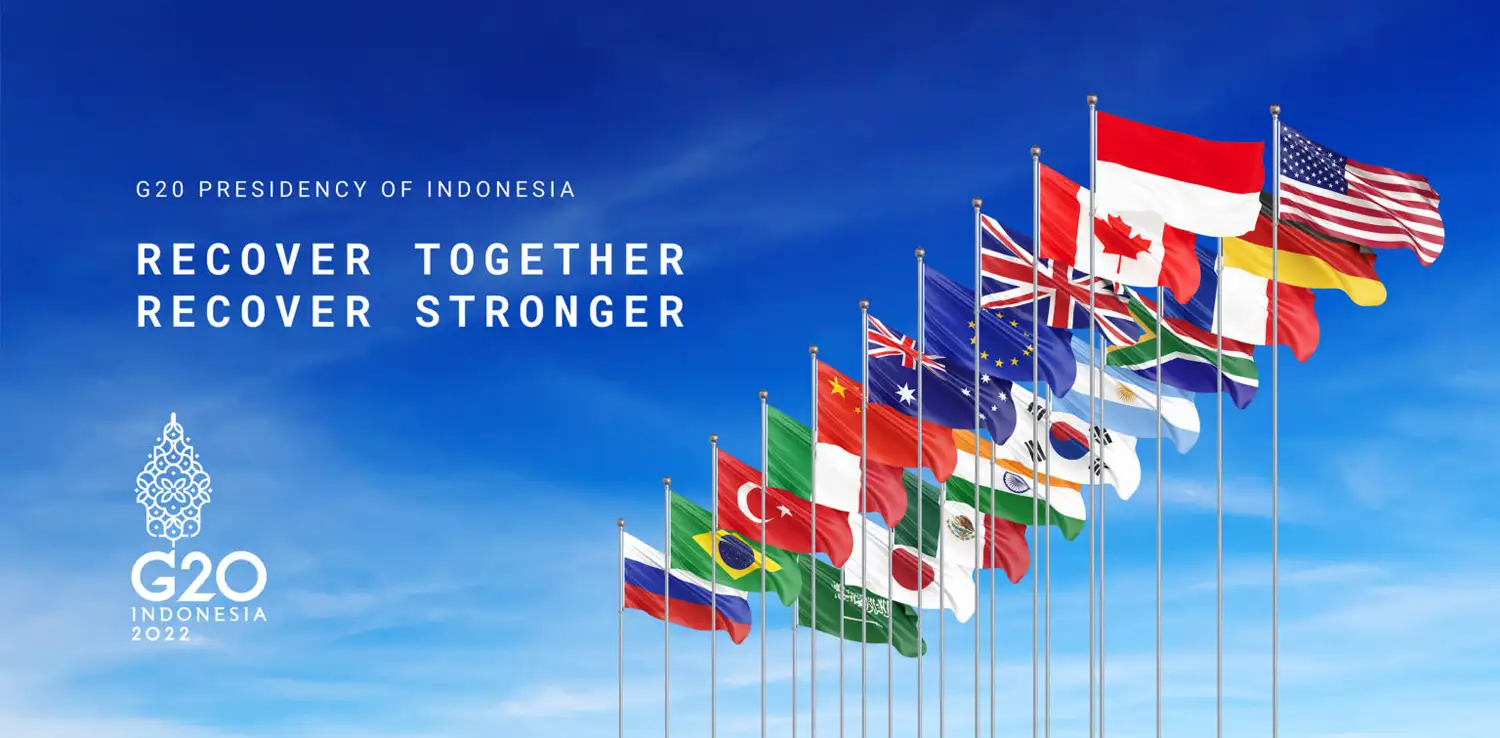
Another thing that has been accelerating the recovery of Bali’s tourism is hosting important international events. In May, there was the Global Platform for Disaster Risk Reduction with participants from 193 countries.
The most significant event is the upcoming G20 Summit 2022 in November as a part of the Indonesian G20 Presidency. It’s the annual meeting of G20, an international forum for the world’s major economies, that will include over 10,000 participants from all over the world.
Today, domestic and international tourists roam Bali once again. The number of international tourists reached 60% from peak season in July. Businesses that support tourism and hospitality, such as accommodation, food & beverage, trade, transportation, and construction, play a significant role in Bali’s economic recovery.
Recovery Needs More than Tourism
The key to Bali’s strong economic recovery lies in branching out. Recovering by going back to how it was would not be enough. Creating a more resilient economy for the region is crucial, which means focusing on other sectors that had been almost ‘abandoned’ compared to tourism.
Dolfie O.F.P, Vice Head of Commission XI DPR RI (The House of Representatives of the Republic of Indonesia), acknowledged the tourism industry as Bali’s leading sector. However, he also highlighted the agriculture sector and SMEs (Small and Medium Enterprises) as significant supporters.
This input is echoed by Eriko Sotarduga, a Commission XI DPR RI member. He said, “Bali, at its core identity, has a strong agricultural sector. Bali also has a high-quality art scene with paintings, sculptors, and others.”
At the Commission XI DPR RI meeting in July, Bali’s city and municipal governments presented promising strategies to accelerate economic growth and recovery. For example, Denpasar, Klungkung, and Karangasem regions want to focus on developing their tourism, agriculture, creative industry, and SME sectors.
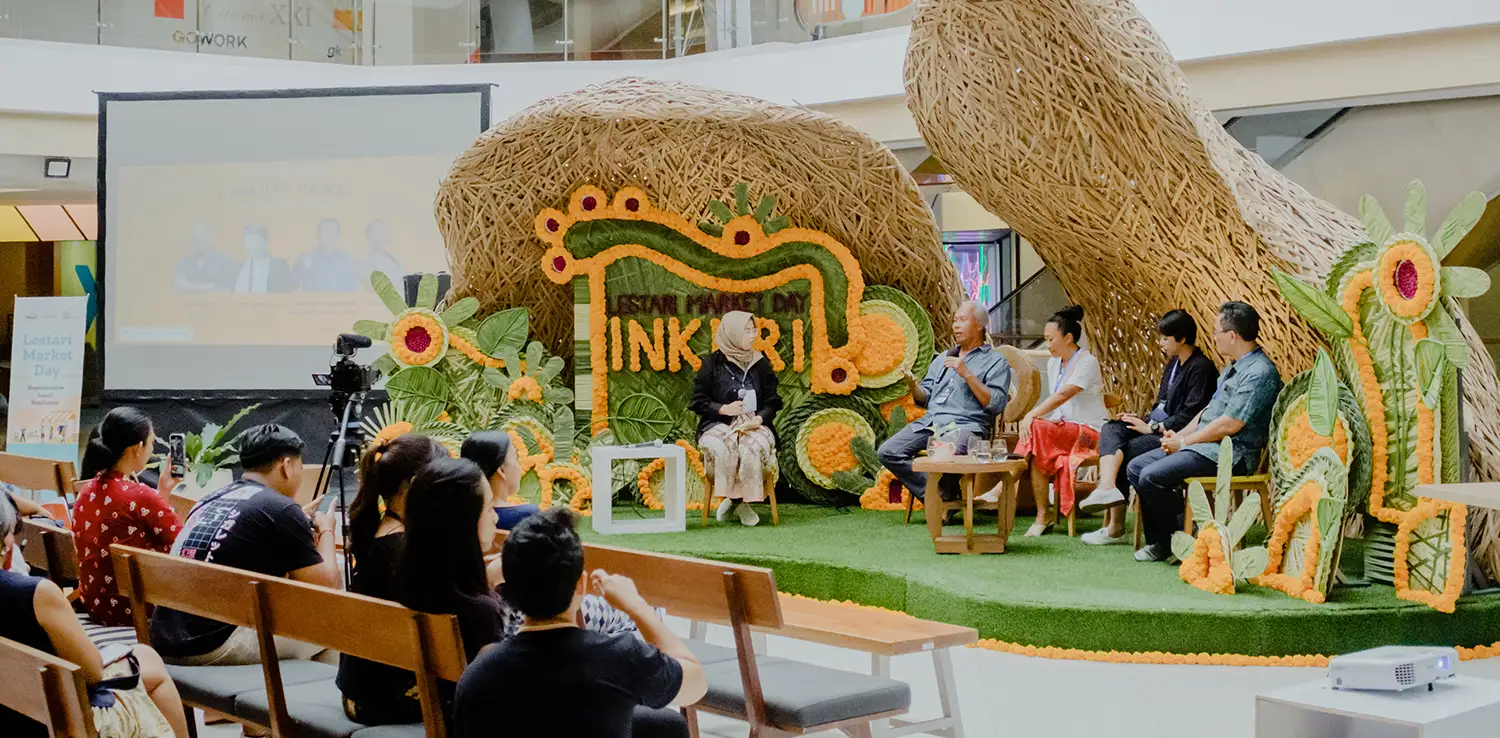
Programs, workshops, seminars, and training from the government and private sectors alike crop up to support this multi-sector development strategy. One is INKURI (Sustainable Business Incubator) by Pratisara Bumi Lestari Foundation. This program lasted nine months, from October 2021 to August 2022, and focused on craft, agrifood, and sustainable tourism.
INKURI Bali had three phases: knowledge enhancement, capacity development, and business development. It involved 40 young leaders aged 18-35 and 12 business ideas. Among these business ideas were:
- Kopuri, with coffee and herbal products from local farmers in Buleleng
- Pranee, with organic detergent to lessen water pollution
- Bendega, with its mangrove ecotourism to restore the mangrove ecosystem and improve the economy of the local fishing community.
“Now we learn from the COVID-19 pandemic so Bali doesn’t rely solely on one primary sector that might leave everything paralyzed in the face of a pandemic,” said Dolfie.

Join Green Network Asia Membership
Amidst today’s increasingly complex global challenges, equipping yourself, team, and communities with interdisciplinary and cross-sectoral insights on sustainability-related issues and sustainable development is no longer optional — it is a strategic necessity to stay ahead and stay relevant.
Join Now

 Weaving the Thread Between the Last Elephant and the Floods in Sumatra
Weaving the Thread Between the Last Elephant and the Floods in Sumatra 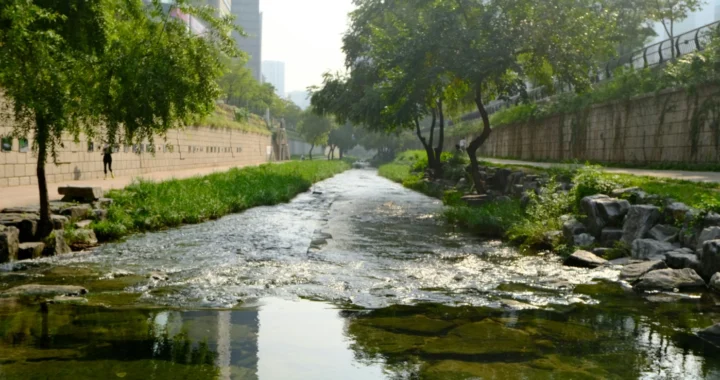 Bringing Buried Rivers Back to Life Through Daylighting
Bringing Buried Rivers Back to Life Through Daylighting 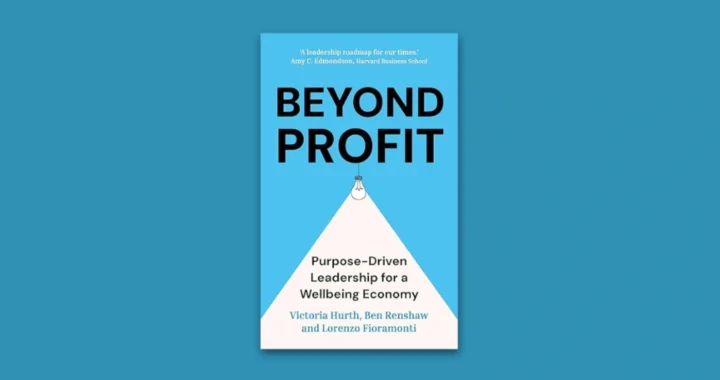 Prescribing Beyond Profit for CEOs’ Anxiety
Prescribing Beyond Profit for CEOs’ Anxiety 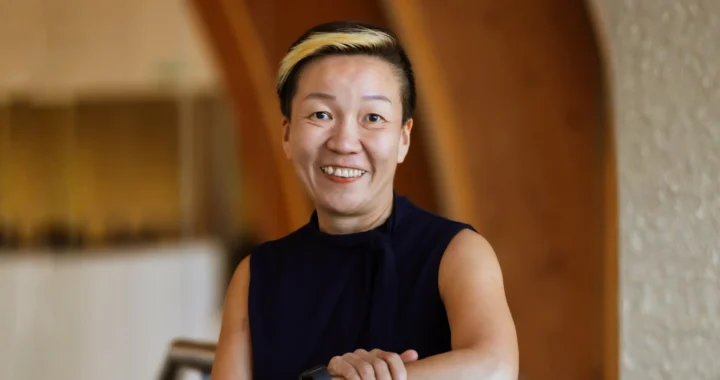 An Interview with May Tan-Mullins, CEO and Provost of University of Reading Malaysia
An Interview with May Tan-Mullins, CEO and Provost of University of Reading Malaysia  An Interview with Eu Chin Fen, CEO of Frasers Hospitality
An Interview with Eu Chin Fen, CEO of Frasers Hospitality 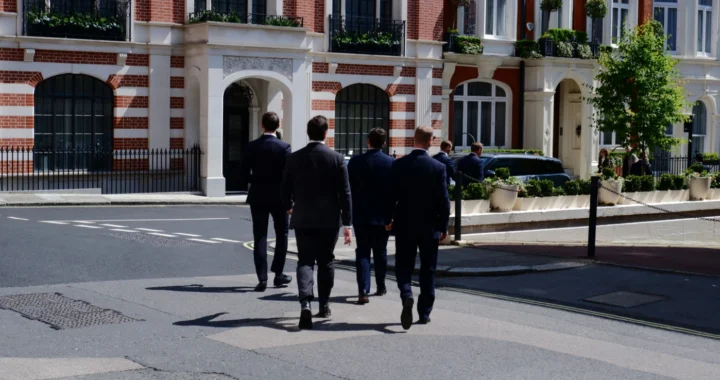 The UK Government’s Funding Package Plan to Tackle Youth Unemployment
The UK Government’s Funding Package Plan to Tackle Youth Unemployment